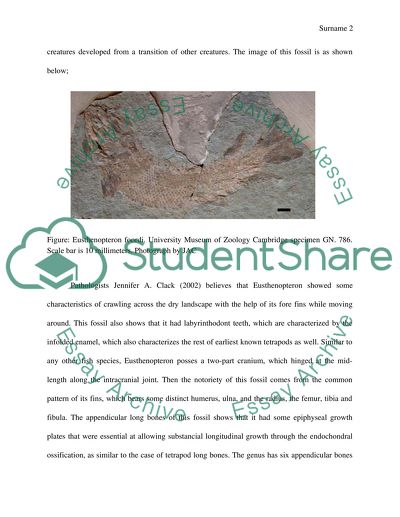Cite this document
(Origin and Evolution of Tetrapods and Fossils Term Paper, n.d.)
Origin and Evolution of Tetrapods and Fossils Term Paper. Retrieved from https://studentshare.org/biology/1477758-fossils-and-their-interpretations-essay
Origin and Evolution of Tetrapods and Fossils Term Paper. Retrieved from https://studentshare.org/biology/1477758-fossils-and-their-interpretations-essay
(Origin and Evolution of Tetrapods and Fossils Term Paper)
Origin and Evolution of Tetrapods and Fossils Term Paper. https://studentshare.org/biology/1477758-fossils-and-their-interpretations-essay.
Origin and Evolution of Tetrapods and Fossils Term Paper. https://studentshare.org/biology/1477758-fossils-and-their-interpretations-essay.
“Origin and Evolution of Tetrapods and Fossils Term Paper”, n.d. https://studentshare.org/biology/1477758-fossils-and-their-interpretations-essay.


